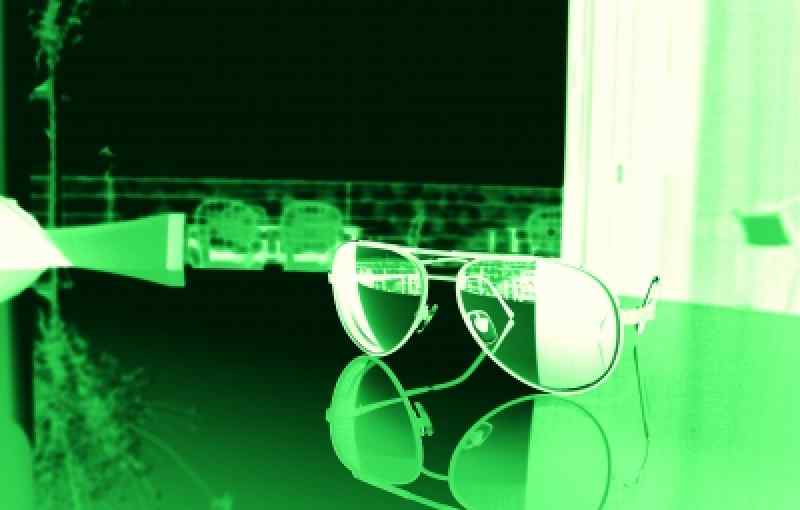Submitted by administrator on
A new, paper-thin, night visioning imaging device could offer tremendous potential for cell phones and even eyeglasses.
The device uses organic light-emitting diode (LED) technology similar to that found in cell phone or laptop screens for night vision, and is inexpensive.
Standard night vision goggles use a photocathode to convert invisible infrared light photons into electrons where they are accelerated under high voltage and driven into a phosphorous screen, producing greenish images of objects not visible to the eye in darkness. The process requires thousands of volts and a cathode ray vacuum tube made of thick glass. That is why the goggles tend to be bulky and heavy.
The new device replaces the vacuum tube with several layers of organic semiconductor thin film materials. The structure is simple: It consists of a photodetector connected in series with an LED. When operating, infrared light photons are converted into electrons in the photodetector, and these photo-generated electrons are injected into the LED, generating visible light.
Currently the device—versions range from millimeter- to coin-size—currently uses glass, but it could be made with plastics, which would make it more lightweight.
Conventional night vision goggles or scopes weigh 1 to 2 pounds, with price tags ranging from hundreds to thousands of dollars. Sized for cell phones, the new imaging devices weigh only a couple of ounces and would be inexpensive to manufacture. Other applications could include night vision technology for car windshields, or eyeglasses to use at night.


